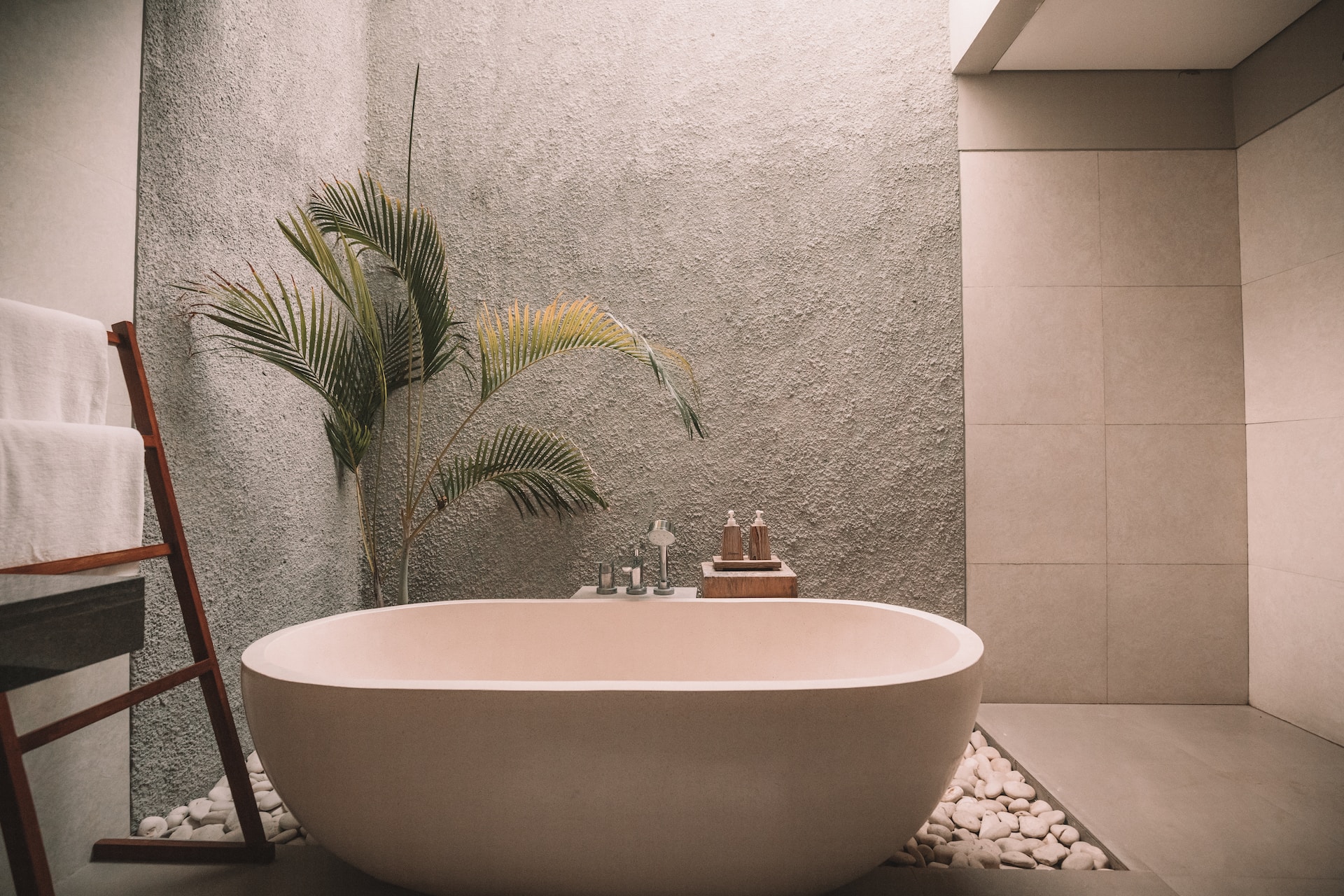
When it comes to sustainable living, creating an eco-friendly bathroom is an essential step. Bathrooms are notorious for being one of the most wasteful and environmentally damaging areas of our homes. However, with a few simple design changes and conscious purchasing decisions, you can create an eco-friendly bathroom that not only reduces your carbon footprint but also saves you money on water and energy bills. In this article, we'll share some sustainable design tips to help you create an eco-friendly bathroom.
- Install Water-Saving Fixtures
One of the biggest ways to reduce your bathroom's water usage is by installing water-saving fixtures, such as low-flow showerheads, faucets, and toilets. These fixtures use less water without compromising on performance, resulting in significant water savings. - Choose Eco-Friendly Materials
When selecting materials for your bathroom, opt for sustainable and eco-friendly options such as bamboo, recycled glass, or reclaimed wood. These materials are not only eco-friendly, but they also add a unique and natural touch to your bathroom design. - Invest in a High-Efficiency Toilet
Toilets are one of the biggest water wasters in our homes, so investing in a high-efficiency toilet can make a significant impact on your water usage. These toilets use less water per flush than standard toilets, resulting in water savings of up to 60%. - Use Natural Cleaning Products
Many traditional cleaning products contain harsh chemicals that are harmful to the environment and our health. Switch to natural cleaning products such as vinegar, baking soda, and lemon juice, which are just as effective and safer for both you and the environment. - Incorporate Natural Light
Maximizing natural light in your bathroom not only creates a warm and inviting atmosphere but also reduces the need for artificial lighting, saving energy and money. Consider installing a skylight or larger windows to bring in more natural light. - Install Energy-Efficient Lighting
When artificial lighting is necessary, opt for energy-efficient lighting options such as LED bulbs. These bulbs use less energy than traditional incandescent bulbs and last much longer, reducing the need for frequent replacements. - Consider Water Recycling Systems
Water recycling systems allow you to reuse greywater (water from sinks, showers, and washing machines) for non-potable purposes such as toilet flushing or garden watering. This reduces your water usage and helps conserve our precious resources. - Minimize Water Waste
Simple habits such as turning off the tap while brushing your teeth or taking shorter showers can significantly reduce your bathroom's water usage. Encourage your family members to adopt these habits and make it a conscious effort to minimize water waste in your home. - Install a Bidet
Using a bidet is not only more hygienic than using toilet paper, but it also significantly reduces the amount of toilet paper used. This, in turn, reduces the environmental impact of producing and disposing of toilet paper. - Don't Forget About Ventilation
Proper ventilation is essential in a bathroom to prevent moisture buildup and mold growth. Opt for an energy-efficient ventilation system or consider installing a window to improve air circulation naturally.
In conclusion, creating an eco-friendly bathroom is not only beneficial for the environment, but it also saves you money on your water and energy bills. By implementing these sustainable design tips, you can create a bathroom that is both beautiful and functional while reducing your carbon footprint. Start small and make conscious choices when selecting materials and products, and before you know it, you'll have an eco-friendly bathroom that you can be proud of.

